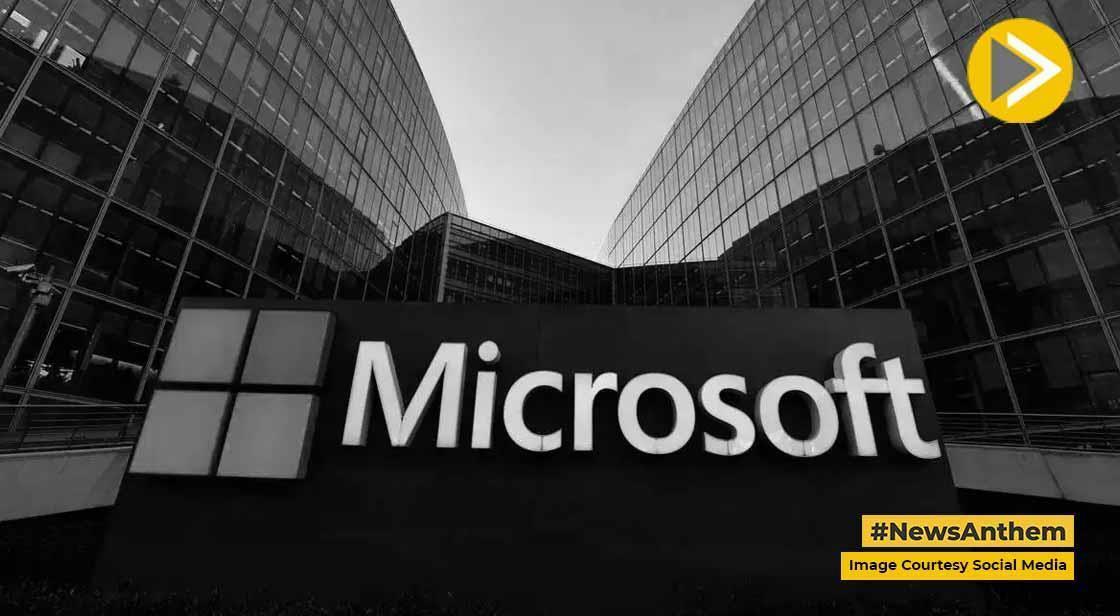Microsoft Discontinues Skype in Favor of Teams Platform

News Synopsis
Skype, once the pioneer of internet-based calling, is officially being phased out by Microsoft on May 5. After two decades of reshaping how people connect across countries, Skype will ring for the last time. Microsoft announced earlier this year that it would retire the service to streamline its communication platforms and shift full focus to Microsoft Teams.
Why Microsoft Is Shutting Down Skype
According to Microsoft, retiring Skype is part of a broader plan to simplify its digital communication services. The company is prioritizing its flagship Teams platform, which has seen a dramatic rise in usage, especially in the corporate and education sectors. Skype's end marks a strategic pivot in Microsoft’s vision to unify productivity, communication, and collaboration under a single platform.
A Look Back at Skype's Rise
Skype was founded in 2003 and quickly became a disruptor in the telecom industry. Its ability to offer free or low-cost voice and video calls across the globe made it a go-to service for both personal and professional communication. By the mid-2000s, Skype had become a household name with hundreds of millions of users worldwide.
Microsoft acquired Skype in 2011 for $8.5 billion, outbidding major tech rivals like Google and Facebook. At the time, Skype boasted nearly 150 million monthly users, making it one of Microsoft’s biggest acquisitions.
What Led to Skype’s Decline?
Despite its early dominance, Skype began losing ground to newer, more mobile-friendly competitors. The platform’s technology was optimized for desktop use, which proved to be a significant drawback as smartphones and mobile apps became mainstream.
The COVID-19 pandemic further accelerated this shift. As remote work and virtual meetings surged, Microsoft pushed Teams as its default collaboration tool. Teams was deeply integrated with Office 365 apps, making it more attractive to enterprise users — a segment once dominated by Skype.
Rivals like Zoom and Slack also gained popularity, offering smoother interfaces, better reliability, and improved mobile compatibility. Skype struggled to match their performance and lost its competitive edge.
What Happens to Current Skype Users?
To ensure a smooth transition, Microsoft will allow existing Skype users to access Teams for free using their current login credentials. All contacts and chat histories will migrate automatically, reducing friction for users switching to the new platform.
Microsoft has confirmed that there will be no job cuts due to Skype’s retirement. However, the company did not disclose Skype’s current user base, which had reportedly fallen to around 23 million by 2020, despite a short-lived resurgence during the early months of the pandemic.
Teams: Microsoft’s New Communication Backbone
Microsoft Teams has grown significantly over the past few years and now boasts over 320 million monthly active users. The platform offers a wide range of collaboration tools, including chat, video conferencing, file sharing, and third-party app integrations — all within one interface. It’s designed to serve both businesses and educational institutions, positioning itself as an all-in-one productivity suite.
Teams has become the centerpiece of Microsoft’s communication strategy, replacing Skype in both business and personal use cases.
A Pattern in Microsoft’s Strategy Shifts
Skype joins the list of Microsoft products that initially gained popularity but were later discontinued due to strategic shifts. Previous examples include Internet Explorer and Windows Phone, both of which failed to adapt to changing tech landscapes. The company has often chosen to move forward with more scalable and modern alternatives — in this case, Teams.
Microsoft isn’t alone in its struggle to maintain a dominant position in the communication tools market. Google, too, has experimented with multiple apps like Hangouts, Duo, and Meet, often with limited long-term success.
Conclusion
The retirement of Skype is a symbolic moment in the evolution of digital communication. While it once defined how the world talked online, its legacy will now live on in Microsoft Teams. By consolidating its services, Microsoft aims to build a more seamless, modern, and scalable communication ecosystem for the future.
You May Like









